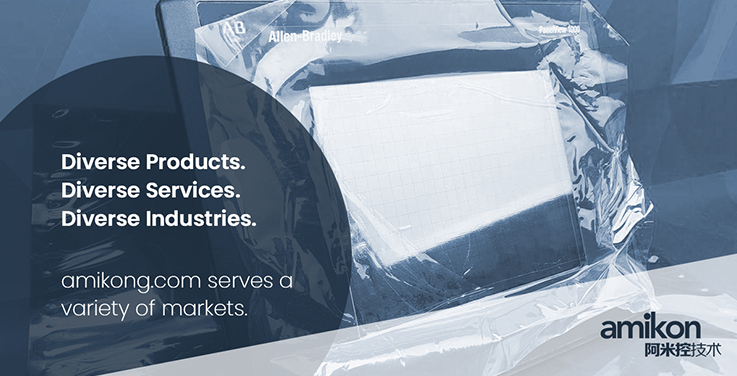The growing interest in AI and ML stems from critical industry demands, such as the need for precise predictive performance analytics. Rising operational costs—including energy expenses and software licensing fees—along with quality-related expenditures (e.g., product recalls) underscore the urgency for process optimization. Generative AI and ML tools are particularly compelling, as they uncover hidden correlations within manufacturing workflows. By identifying these relationships, algorithms enable teams to maximize underutilized assets, enhancing overall operational efficiency. The fundamental question driving this transformation is: "How can we achieve more with fewer resources?"
AI also ensures data integrity by validating work instructions at each production stage. Additionally, it challenges sequential dependencies in workflows, allowing batches to be processed in the most efficient order. However, widespread AI deployment faces obstacles, including lack of standardized data aggregation frameworks and scalable implementation networks. Addressing these gaps is crucial for unlocking AI’s full potential in manufacturing.
While much attention focuses on algorithm development (especially with breakthroughs in large language models), challenges persist in data aggregation and execution networks. Without seamless data flow and real-time deployment mechanisms, even the most advanced algorithms cannot deliver value. Bridging these gaps is essential for successful AI adoption.



